Quantum simulators made from solid-state systems.
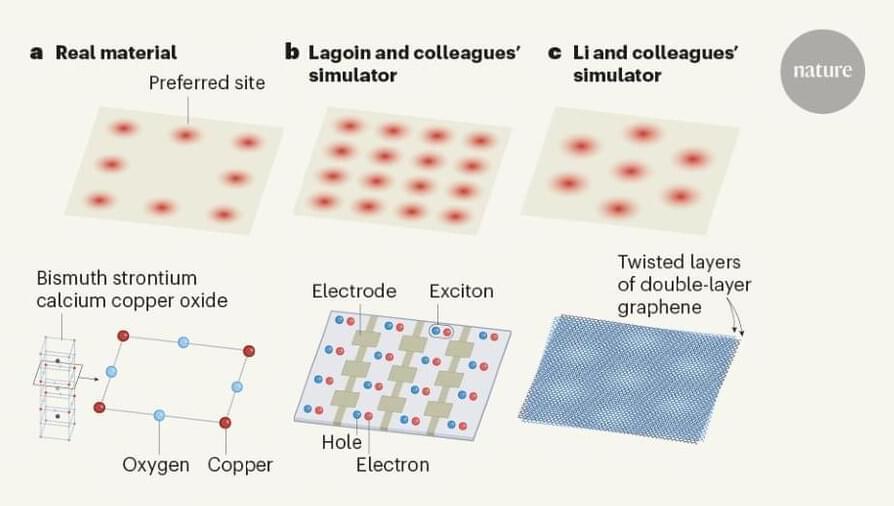


A phenomenon that often accompanies technological innovations involves how they tend to become smaller with their improvement over time. From televisions and communication devices like telephones to computers and microchip components, many of the technologies we use every day occupy a fraction of the space in our homes and offices that their predecessors did just decades ago.
In keeping with this trend, it is no surprise that a new tech developed by scientists at Sandia National Laboratories, in cooperation with the Max Planck Institute for the Science of Light, may soon replace cumbersome technologies than once required an entire room to operate, thanks to an ultrathin invention that could change the future of computation, encryption, and a host of other technologies.
At the heart of the invention and its function is a peculiar phenomenon that has perplexed physicists for decades, known as quantum entanglement.
The laser that will be the most powerful in the United States is preparing to send its first pulses into an experimental target at the University of Michigan.
Called ZEUS, the Zetawatt-Equivalent Ultrashort pulse laser System, it will explore the physics of the quantum universe as well as outer space, and it is expected to contribute to new technologies in medicine, electronics and national security.
“ZEUS will be the highest peak power laser in the U.S. and among the most powerful laser systems in the world. We’re looking forward to growing the research community and bringing in people with new ideas for experiments and applications,” said Karl Krushelnick, director of the Center for Ultrafast Optical Science, which houses ZEUS, and the Henry J. Gomberg Collegiate Professor of Engineering.

An optical tweezer array is a staple tool for trapping and controlling the positions of atoms in quantum research applications. Interfering, counterpropagating lasers can perform a similar function by creating “optical lattices.” The former tool suffers from having a potential that varies from site to site, limiting the ability of the atoms to move around. The latter tool creates uniform potentials but restricts the shape to some predefined geometry. Now Zoe Yan of Princeton University and her colleagues show that they can create arbitrarily shaped, reconfigurable 2D atom lattices with uniform potentials [1]. Such traps are desirable for simulating quantum spin interactions in electronic models and exploring the behaviors of atoms in systems with complex topologies.
Yan and her colleagues create their atom arrays by sequentially adding lines of atoms until the lattice is complete. They load up to 50 cold lithium atoms into an optical tweezer. They then generate the first line of their array using a vibrating transducer, which can break up and deflect a single laser beam such that it turns into a line of light spots. Subsequent lines of the array are made with another transducer, programmed to flash on and off like a strobe light, with each line illuminated for a fraction of the strobe cycle. The result is a time-averaged 2D trap potential, where each site is independently controlled, overcoming the nonuniformity problem that previous experiments with optical tweezer arrays experienced.
Using their technique, the team has created rectangular, triangular, and octagonal-ring-shaped arrays of atoms, which they say could be used to explore the behaviors of exotic states of matter, such as chiral spin liquids.
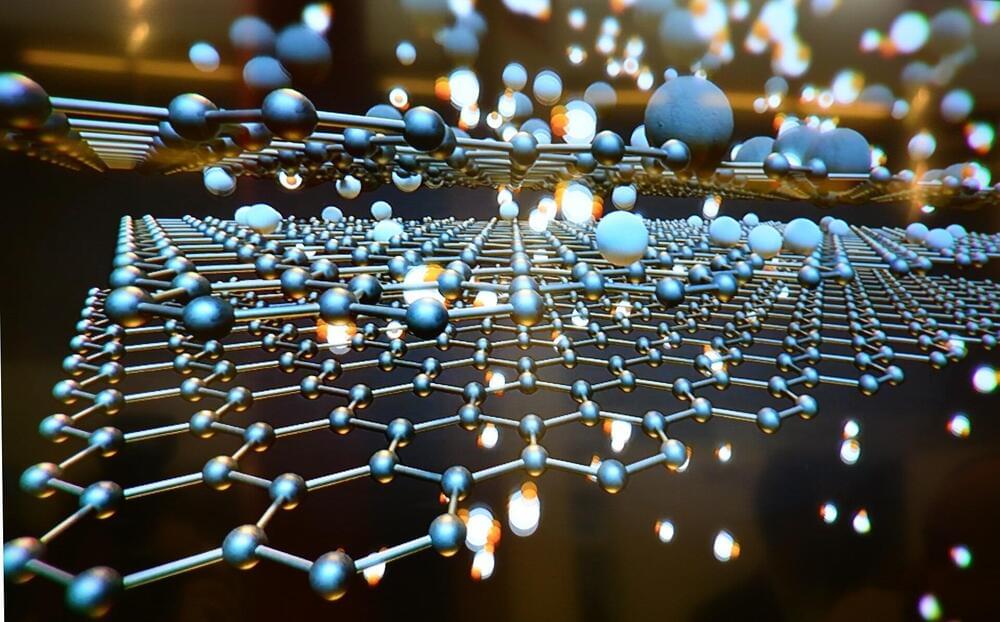
U.S. and European physicists have demonstrated a new method for predicting whether metallic compounds are likely to host topological states that arise from strong electron interactions.
Physicists from Rice University, leading the research and collaborating with physicists from Stony Brook University, Austria’s Vienna University of Technology (TU Wien), Los Alamos National Laboratory, Spain’s Donostia International Physics Center and Germany’s Max Planck Institute for Chemical Physics of Solids, unveiled their new design principle in a study published online today in Nature Physics.
The team includes scientists at Rice, TU Wien and Los Alamos who discovered the first strongly correlated topological semimetal in 2017. That system and others the new design principle seeks to identify are broadly sought by the quantum computing industry because topological states have immutable features that cannot be erased or lost to quantum decoherence.
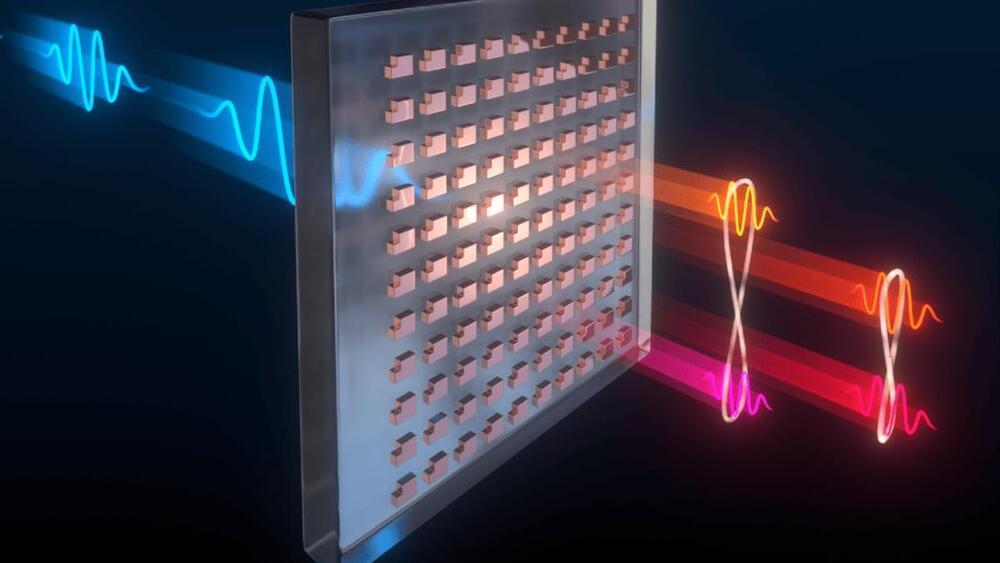
Scientists at Sandia National Laboratories and the Max Planck Institute have developed a way to produce a web of quantum entangled photons using a far more simple setup than usual. The key is a precisely patterned surface 100 times thinner than paper, which could replace a roomful of optical equipment.
Quantum entanglement is the bizarre-sounding phenomenon where two particles can become so entwined together that manipulating one will instantly affect its partner, no matter how far apart they may be. This forms the basis for emerging technologies like quantum computing and quantum encryption.
The problem is, generating entangled groups of photons can be tricky, and is usually done with large arrays of lasers, specialized crystals, and other optical equipment. But the Sandia and Max Planck team has a much simpler setup – a metasurface.
To begin with, it will only run at a fraction of its eventual three-quadrillion-watt maximum output.
A laser at the University of Michigan, which is set to be the most powerful in the United States, is preparing to send its first laser pulses into an experimental target, a press statement explains.
The laser, named the Zetawatt-Equivalent Ultrashort pulse laser System, or Zeus, will be used to investigate quantum physics as well as outer space. It is hoped studies using the laser will also help to build new technologies in electronics and medicine.
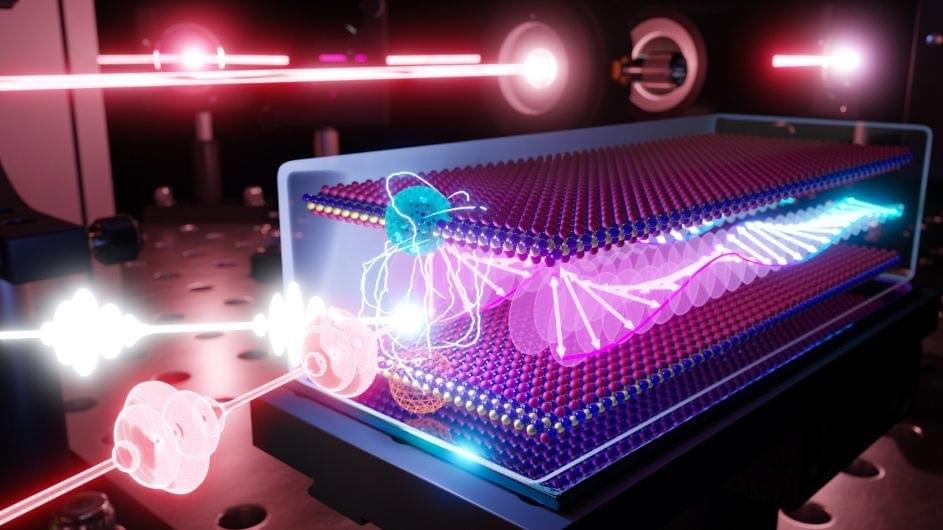
New research reveals that spinning quasiparticles, or magnons, light up when paired with a light-emitting quasiparticle, or exciton, with potential quantum information applications.
All magnets contain spinning quasiparticles called magnons. This is true of all magnets from the simple souvenirs hanging on your refrigerator to the discs that give your computer memory storage to the powerful versions used in research labs. The direction one magnon spins can influence that of its neighbor, which in turn affects the spin of its neighbor, and so on, yielding what are known as spin waves. Spin waves can potentially transmit information more efficiently than electricity, and magnons can serve as “quantum interconnects” that “glue” quantum bits together into powerful computers.
Although magnons have enormous potential, they are often difficult to detect without bulky pieces of lab equipment. According to Columbia researcher Xiaoyang Zhu, such setups are fine for conducting experiments, but not for developing devices, such as magnonic devices and so-called spintronics. However, seeing magnons can be made much simpler with the right material: a magnetic semiconductor called chromium sulfide bromide (CrSBr) that can be peeled into atom.
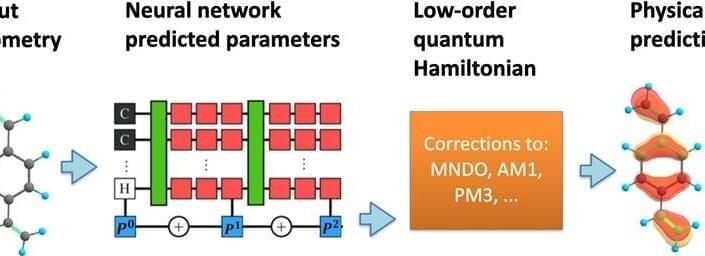
The equations of quantum mechanics provide a roadmap to predicting the properties of chemicals starting from basic scientific theories. However, these equations quickly become too expensive in terms of computer time and power when used to predict behavior in large systems. Machine learning offers a promising approach to accelerating such large-scale simulations.
Researchers have shown that machine learning models can mimic the basic structure of the fundamental laws of nature. These laws can be very difficult to simulate directly. The machine learning approach enables predictions that are easy to compute and are accurate in a wide range of chemical systems.
The improved machine learning model can quickly and accurately predict a wide range of properties of molecules (Proceedings of the National Academy of Sciences, “Deep Learning of Dynamically Responsive Chemical Hamiltonians with Semi-Empirical Quantum Mechanics”). These approaches score very well on important benchmarks in computational chemistry and show how deep learning methods can continue to improve by incorporating more data from experiments. The model can also succeed at challenging tasks such as predicting excited state dynamics—how systems behave with elevated energy levels.

Two big players in computing and research are trying to lay the groundwork for a future quantum internet.
Amazon Web Services (AWS) is teaming up with Harvard University to test and develop strategies for networking together quantum technologies. Their partnership was announced today, and is a continuation of AWS’ goals to create a communications channel between the quantum computers that it is also working on in parallel.
During the three-year research alliance, funding from Amazon will support research projects at Harvard that focus on quantum memory, integrated photonics, and quantum materials, and help upgrade infrastructure in Harvard’s Center for Nanoscale Systems.